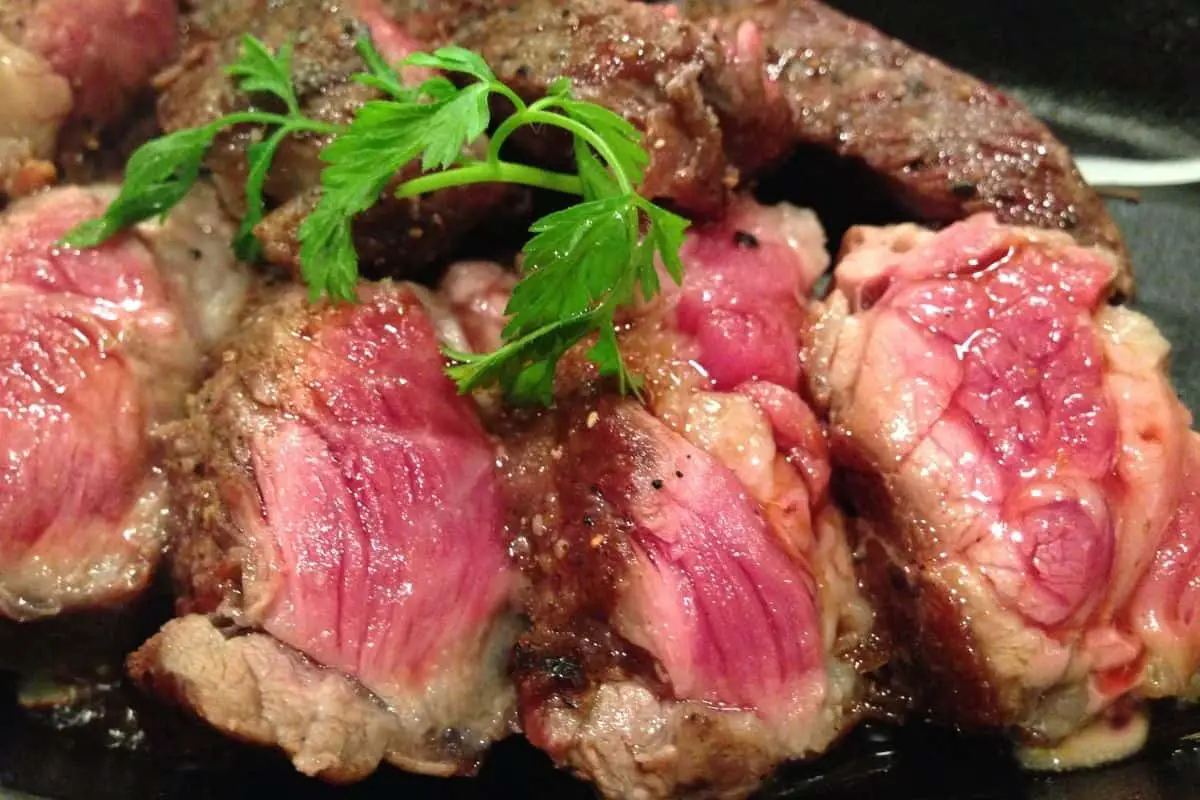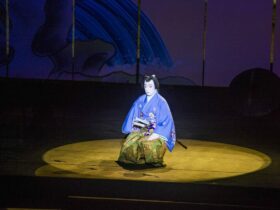When it comes to Japanese beef varieties, Kobe and Wagyu are a hot topic. Many people want to know the differences between the two. To put it simply, Kobe beef is a variety of Wagyu. All Kobe beef is Wagyu, but all Wagyu is not Kobe.
What is Wagyu beef?
Wagyu is a Japanese term that translates to ‘Japanese cow’. It was in the late 1800s when Wagyu was first introduced to Japan. At the time, particular breeds of European cattle were crossbred with Japanese breeds. This resulted in the four main strains of Japanese beef today.

These four breeds of cattle are:
Japanese Black: This beef is famous for its detailed marbling. It was originally raised as work cattle.
Japanese Brown: A healthier, leaner breed of cattle, with a light, and mild-tasting beef.
Japanese Polled: This beef is prized for its rich and meaty taste and gamey texture.
Japanese Shorthorn: Also a lean breed of cattle, shorthorn has a savory flavor. It is rich in glutamic acid and inosinic acid.
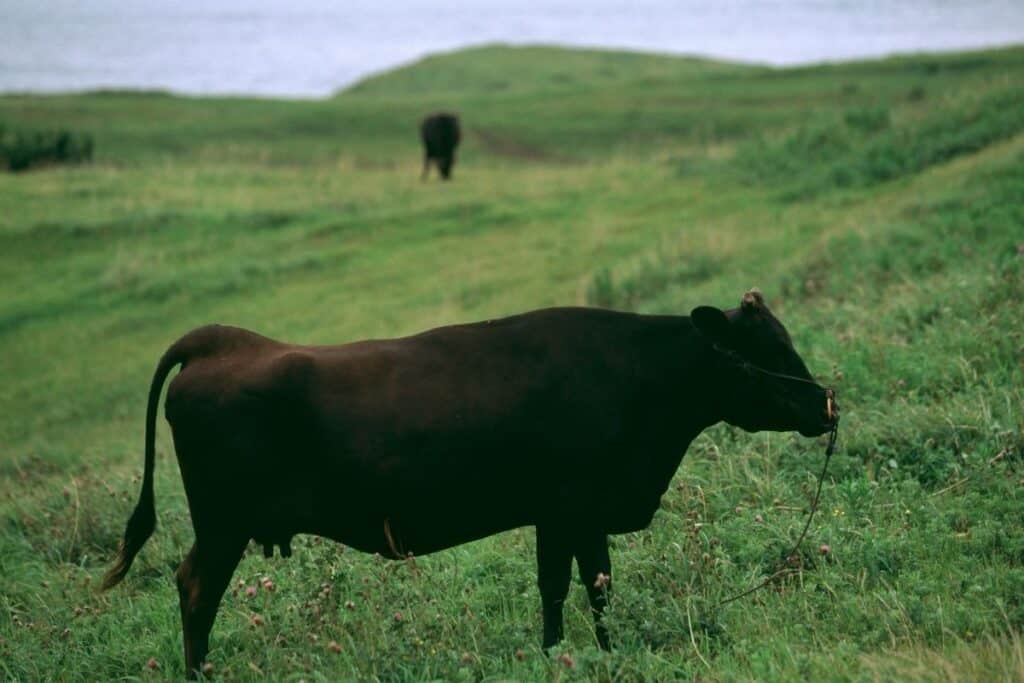
Generally, more than 90% of Wagyu is from Japanese black cattle strains.
Wagyu beef is prized for its quality, taste, and value. It has always been highly regulated and tested to maintain the standard of meat. In 1997, Japan banned the export of Wagyu cattle to preserve its value. It was also declared a national treasure for Japan.
How can you distinguish between Japanese Wagyu from American or domestic Wagyu? You can look for an A4 or A5 rating on your Wagyu steak to determine that it is authentic Japanese beef.
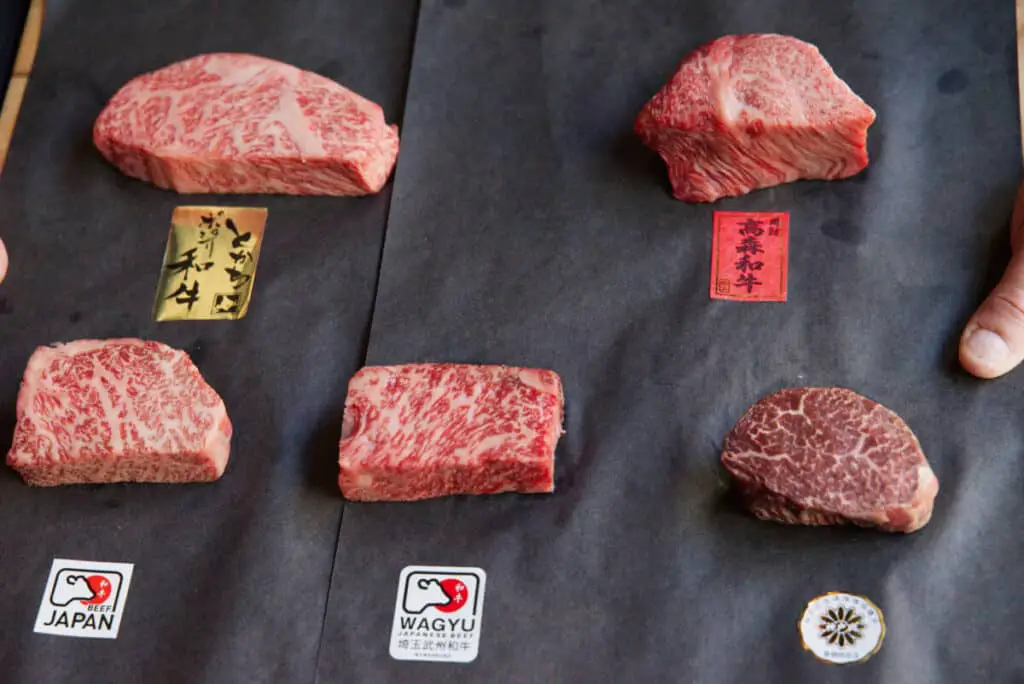
Wagyu Flavor Profile
When it comes to flavor, Wagyu beef is extremely delicious. It has a savory, creamy, earthy, and slightly sweet flavor.
The marbling in Wagyu meat gives it a melt-in-your-mouth, buttery texture. With more Wagyu marbling, you get a better, richer, and more buttery flavor. Higher marbling also makes the beef healthier.
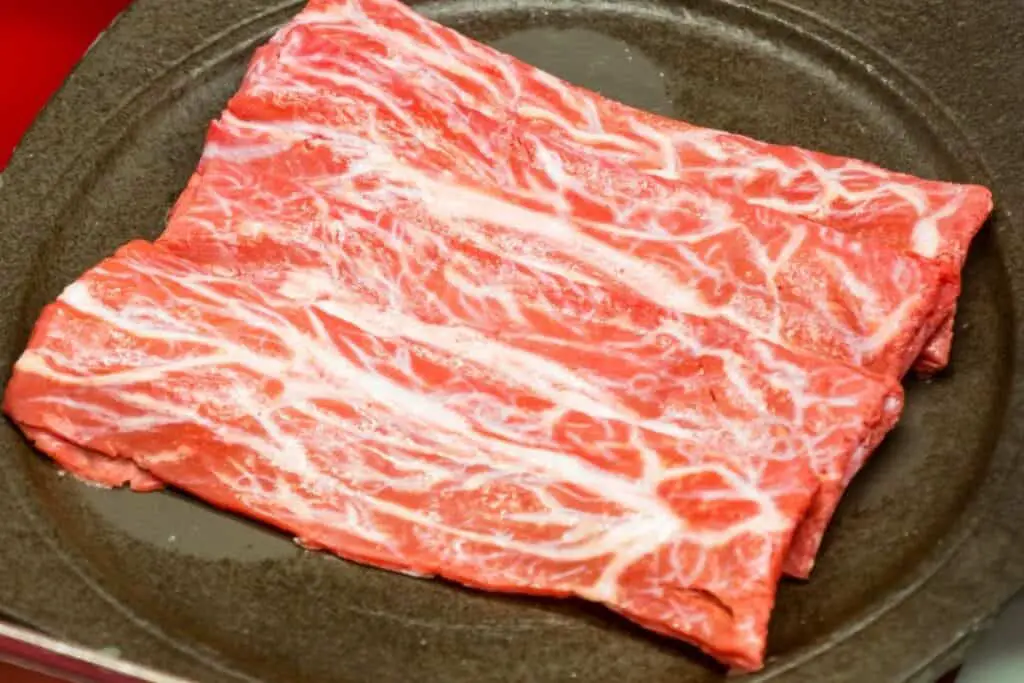
Wagyu beef has a high level of monounsaturated fats and a low level of saturated fats and cholesterol. Plus, it is packed with omega-6 and omega-3 fatty acids and is high in sodium.
What is Kobe beef?
One particular strain of the Japanese Black cattle is the highly valuable Tajima-Gyu strain. These particular cattle give some of the most demanded varieties of Wagyu including Omi, Matsusaka, and the famous Kobe beef.
So, technically Kobe beef happens to be another variety of Wagyu. But why is it so famous? Well, Kobe beef is valued for having the most marbled beef in the world.
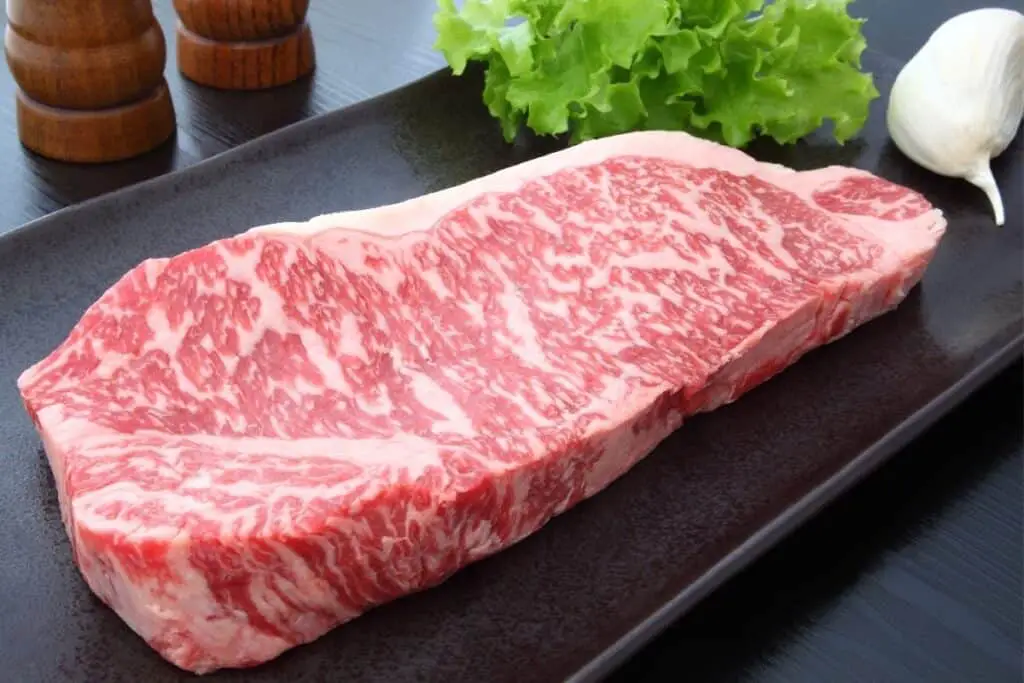
It also has to meet some very strict requirements to even be considered as Kobe beef. The cattle must come from a pure Tajima bloodline. The animal’s weight must not be more than 460 kg. And it must be a virgin.
In addition, the cattle should be from a specific fertile region in Japan on Honshu Island. The soil in this region is enriched with vitamins, minerals, and fish bones from the ocean.
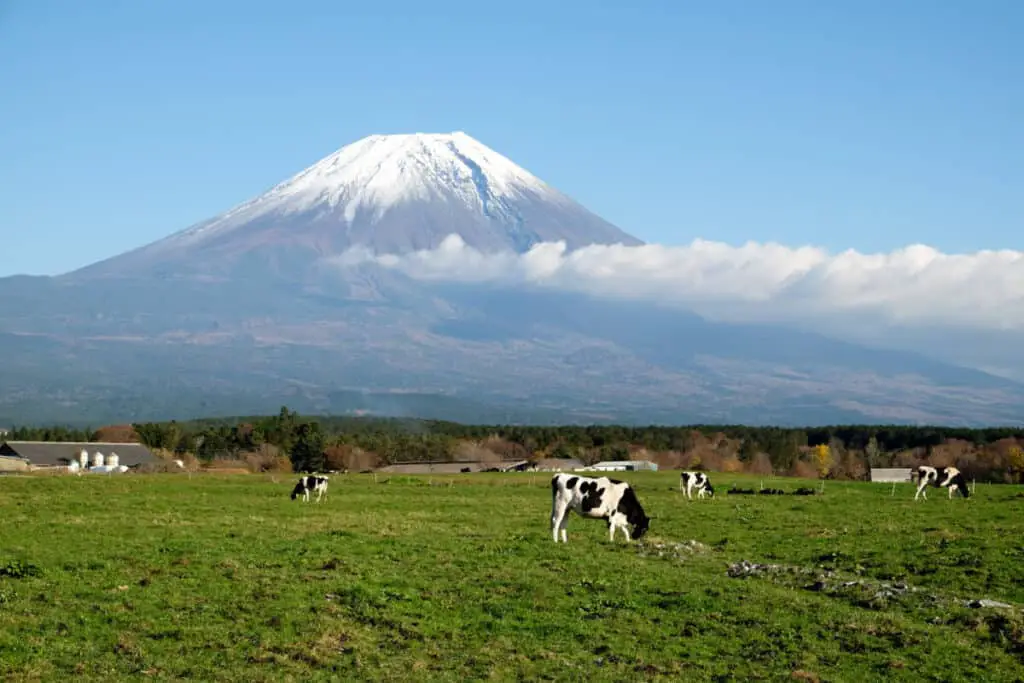
The cattle must also be raised In Hyogo Prefecture and the meat must be processed here too. There are appointed slaughterhouses for these cows. At every step, the meat is subjected to various levels of testing and grading for quality. The weight, color, brightness, texture, firmness, luster, quality, and marbling- all factors need to be checked.
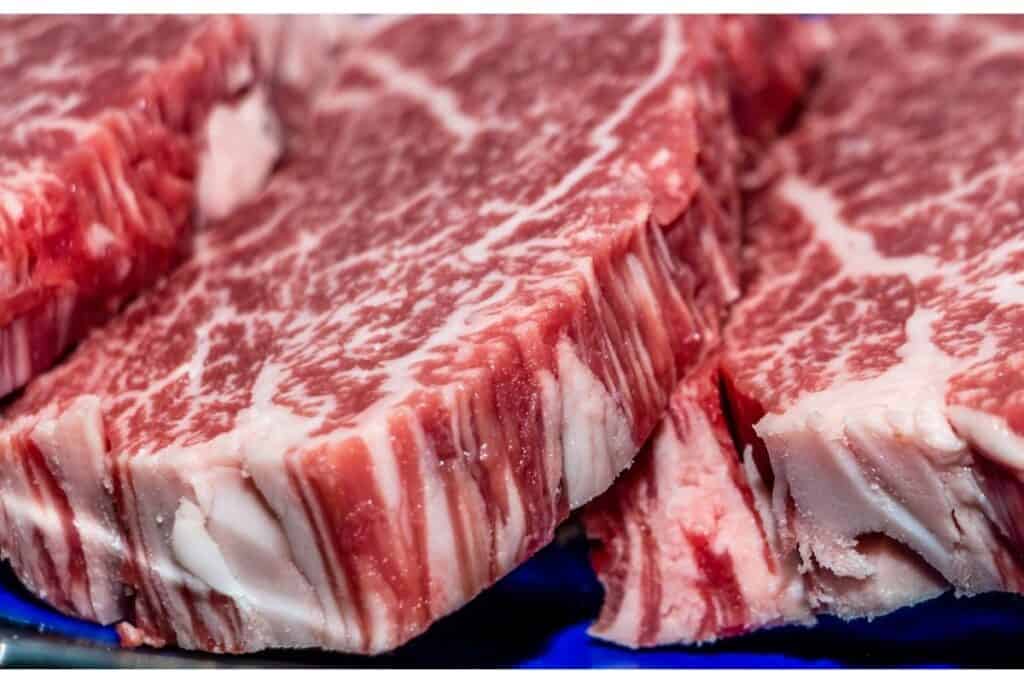
The marbling rate of Kobe beef has to be a minimum of 6 on a 12-point scale. The meat quality rating has to be at least 12 on a 5-point scale.
In short, the meat has to be of the finest quality possible to be certified as Kobe beef. The beef is officially sealed and given an identification number so you can track its origins.
Kobe flavor profile
Like Wagyu, Kobe beef has an extraordinary taste. It is super buttery with hints of sweetness and notes of umami to give it a savory deliciousness.
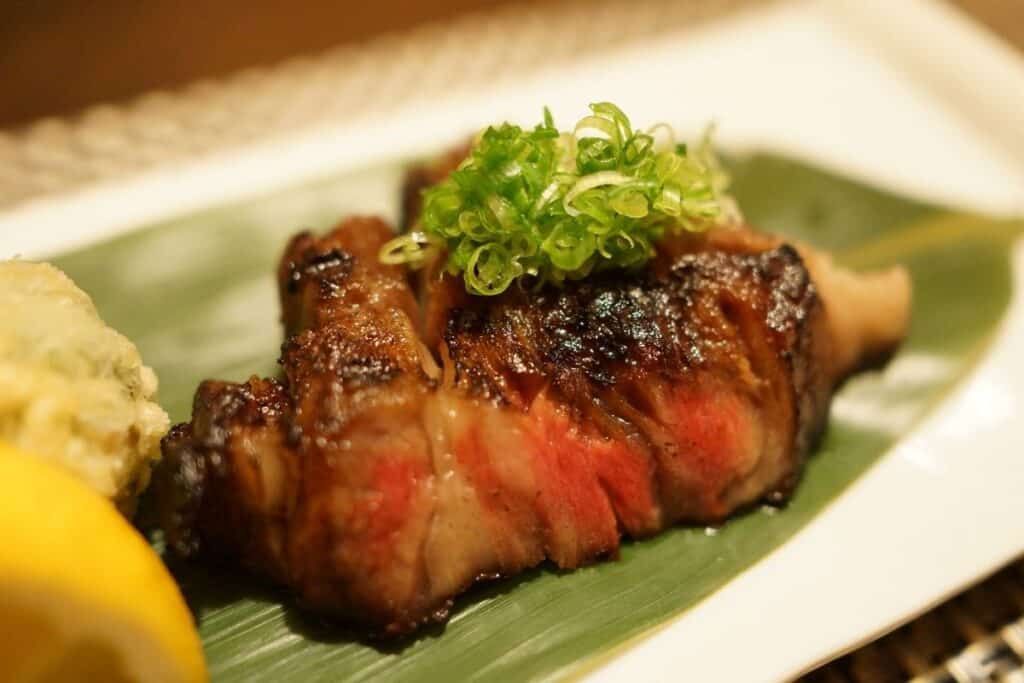
Kobe beef is considered a delicacy for all the right reasons. There is a rich fragrance of the beef with perfectly textured fat that melts in your mouth. The tender, juicy meat envelopes your mouth and tickles your tastebuds.
Wagyu vs. Kobe Beef: How Are They Different?
Essentially, Kobe beef is a specific variety of Wagyu. But what are the obvious differences between the two?
Location
Well, as mentioned earlier, Kobe beef can only come from the Hyogo Prefecture, whereas Wagyu can be bred anywhere in the world. This does give a more superior, exclusive quality to Kobe beef.
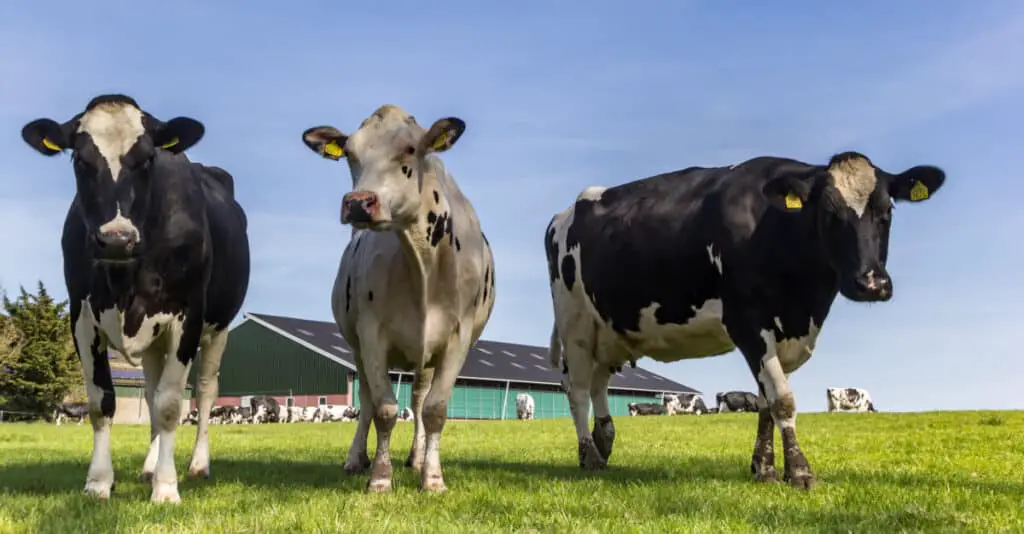
So, for Kobe beef, ‘where’ the cattle were bred is considered the main factor. For Wagyu beef, the cattle itself is considered most important.
Quality
Kobe beef also has a consistent level of quality that can never be compromised. The Kobe Beef Marketing and Distribution Promotion imposes strict rules and regulations to ensure quality control. Without meeting the set criteria, the meat is simply not certified.
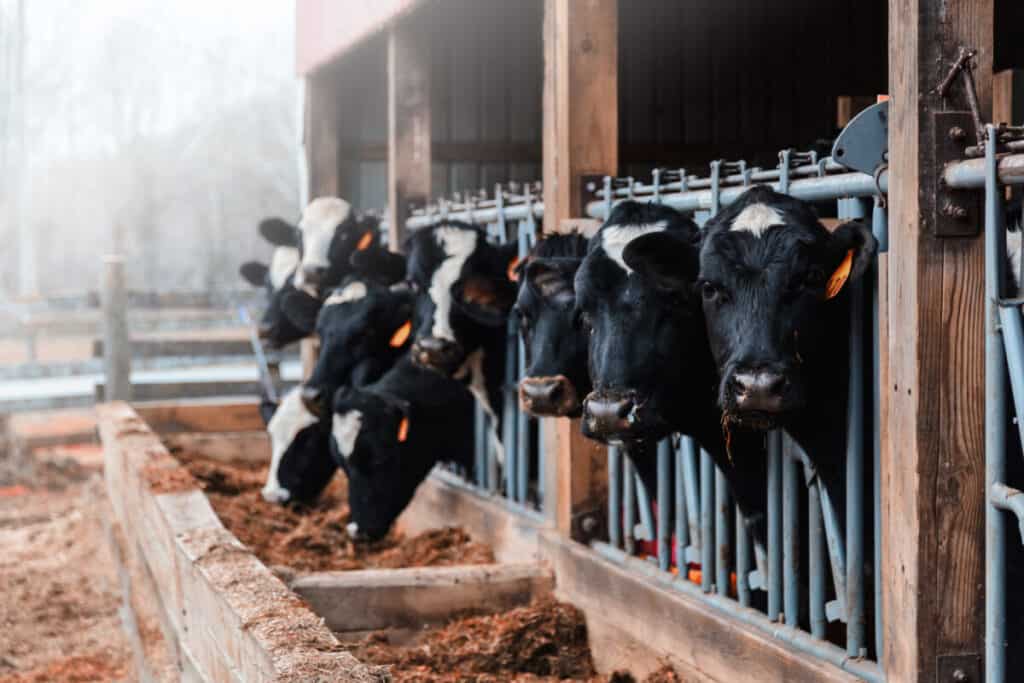
Price
All the above-mentioned factors contribute to the fact that Kobe beef is more expensive than Wagyu beef. Single portions of this beef are often sold for up to $450.
Wagyu vs Kobe Beef: The similarities
Same-origin
The two types of beef have the same origins. Kobe beef simply comes from the region of Kobe. So, the breed of the beef is the same and only the location is different.
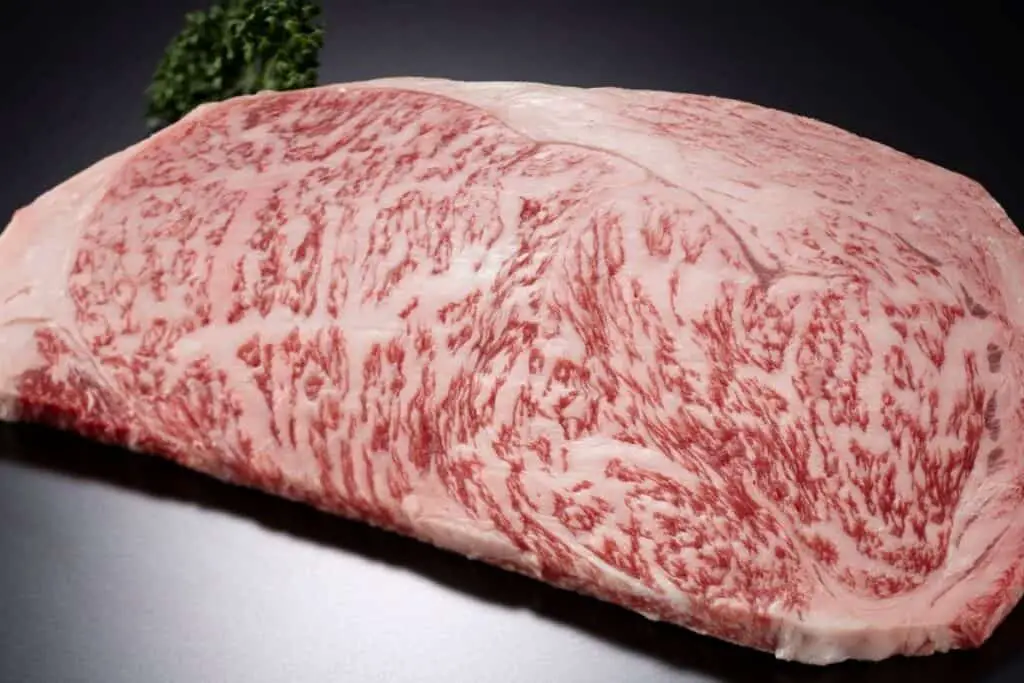
Some people say that comparing Kobe and Wagyu is the same as comparing Sparkling Wine and Champagne. Essentially they are the same, but to be Champagne, it has to be made from local grapes and in a specific region in France known as Champagne.
Value
Both Wagyu and Kobe beef taste absolutely heavenly and are quite expensive. And most people who have tasted the meat at Japanese restaurants have testified that it is well worth the money.
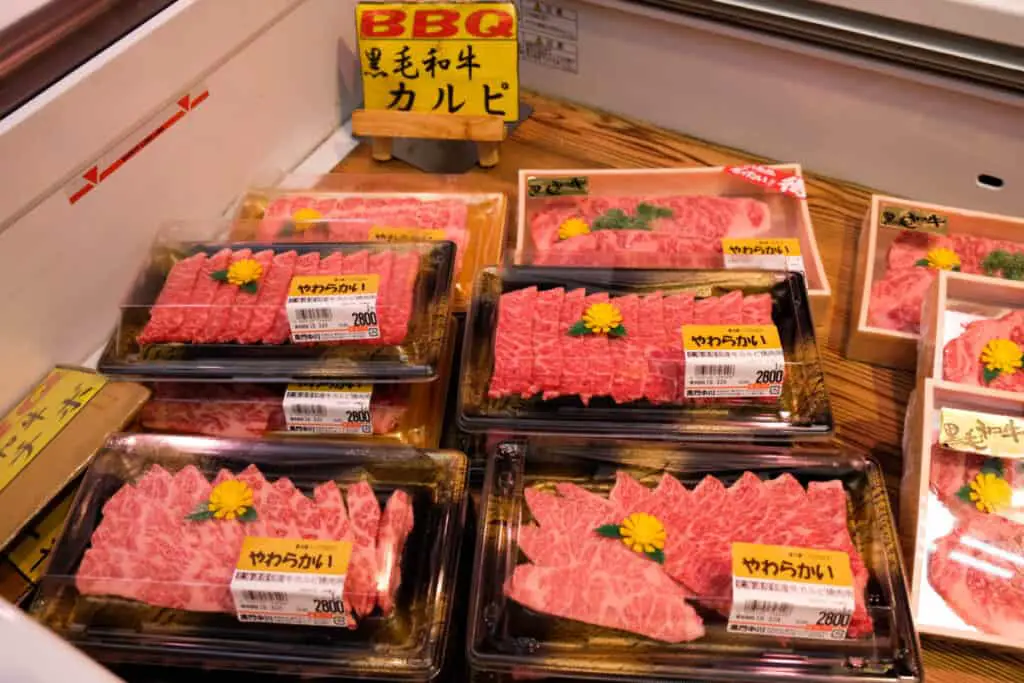
Marbling
One distinct feature of both Kobe and Wagyu beef is the level of marbling. Both the beef tend to have abundantly high levels of monosaturated fats and gorgeous fat marbling. This means you can enjoy an insanely juicy and delicious steak from both of these beef varieties.
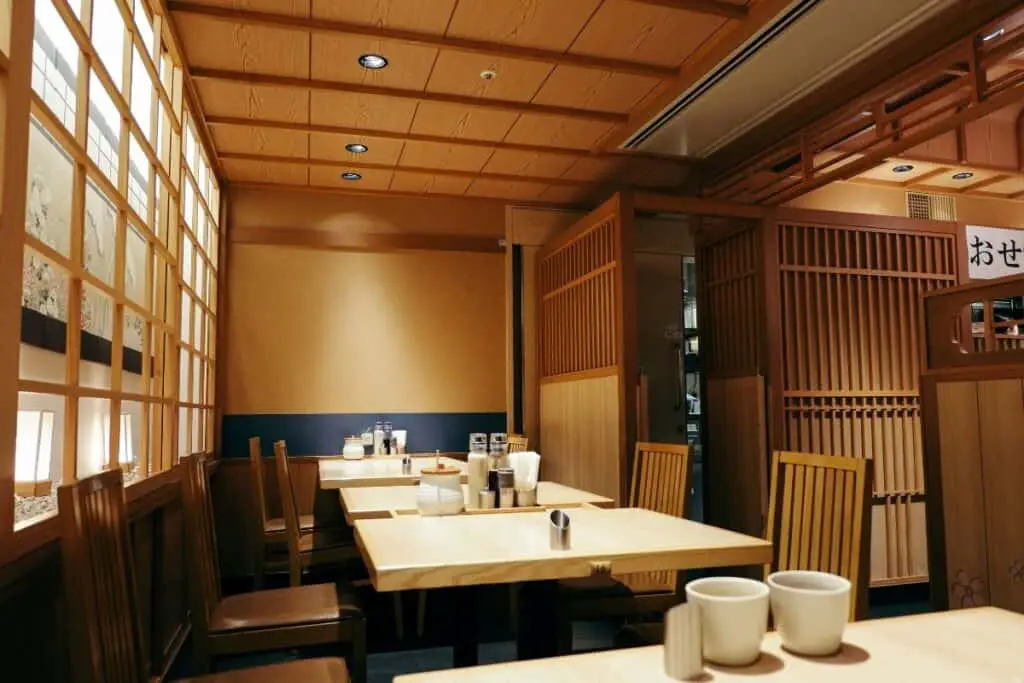
Without a doubt, Japan is the best place for trying authentic Wagyu or Kobe beef. When it comes to choosing between the two, you really can’t go wrong with any of them. Either way, your tastebuds will be in for a succulent, mouth-watering treat and a fantastic dining experience.
10 Best Steak Houses In Tokyo Via Tripadvisor

